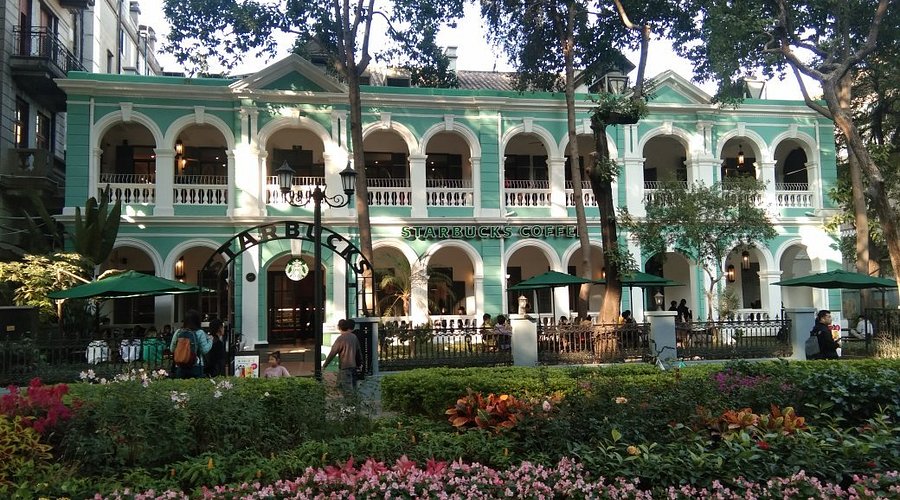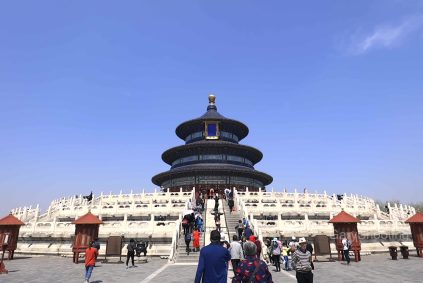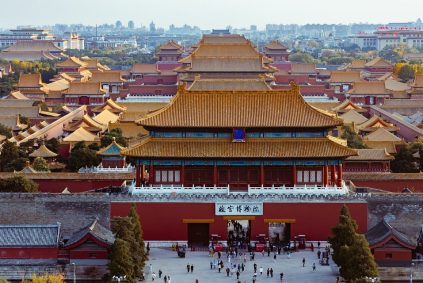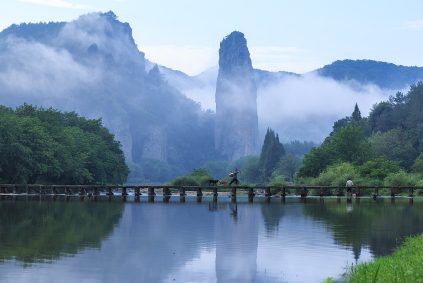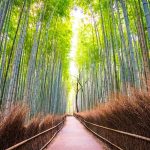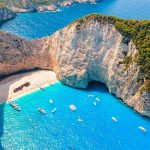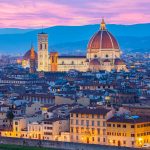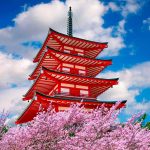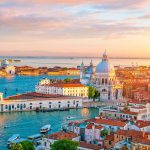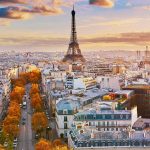Shamian Island in Guangzhou is an excellent place to experience the charm of European architecture and is known as the “open-air Architecture Museum”. Here is a detailed tour guide:
D'abord, core highlights
Building scale and style:
Shamian Island covers an area of approximately 0.3 kilomètres carrés. There are still over 150 European-style buildings, including Neo-Baroque, pseudo-Gothic, colonnade, Neo-Classical and a blend of Chinese and Western styles. The architectural complex was formed from the late 19th century to the early 20th century. It once served as a British and French concession and is now a key national cultural relic protection unit.
Film and television shooting locations:
Many film and television works have been shot here. Par exemple, the retro scenes of “Flowers” echo the architectural style of Shamian; the long benches by the river and banyan trees in “Dear” bear witness to the warmth of the story; the spy atmosphere of “Storm” is in line with the former site of the Bank of Taiwan; “Operation Breakthrough” takes the Guangdong Customs Museum as its narrative background; et “The Siege of Kowloon Walled City” uses the Aiqun Building to present a post-apocalyptic scene.
Deuxième, must-visit scenic spots
Lourdes Catholic Church of Our Lady: The mint green dome and white exterior walls are refreshing and soothing, making it perfect for taking artistic style photos.
The former site of HSBC: The Roman colonnade and arched doors and Windows showcase the neoclassical style, and the architectural lines under the play of light and shadow have a more three-dimensional effect.
Guangdong Foreign Affairs Museum: The former site of the French Police Station, with its retro yellow walls and European-style carvings, has become a popular spot for taking photos.
The former site of the Soviet Consulate: The architectural appearance combines Russian style with Lingnan elements, reflecting the cultural integration during the concession period.
Shamian Exhibition Hall: Through historical images and cultural relics, it showcases the century-long changes of Shamian, combining educational significance with aesthetic appeal.
Troisième, tour tips
Heures d'ouverture: Open all day. It is recommended to spend 3 à 4 hours there.
Best time period:
Light and shadow shooting: Après 3 P.M., the light is soft and suitable for architectural photography. At dusk (17:00-18:00), the interplay of light and shadow creates a unique and charming night scene.
Avoid crowds: There are fewer people on weekdays or in the early morning. It is recommended to visit during off-peak hours on weekends and holidays.
Mode de transport:
Métro: Exit from Exit E of Huangsha Station on Line 1, walk for 8 minutes and cross the overpass to reach the destination. Or walk 625 meters from Exit E of Wenhua Park Station on Line 6.
Conduite autonome: There are very few parking Spaces on the island, and the parking lots around charge a relatively high fee (about 20 yuans par heure). It is recommended to travel by public transportation.
Suggestions de tenues: Light-colored or retro clothing is more likely to take good photos. Flat shoes are suitable for walking on stone-paved roads and arched Bridges.
Remarques:
There are limited dining options on the island and the prices are relatively high. You can bring your own drinks and snacks.
There are many mosquitoes in the banyan tree area. It is recommended to carry mosquito repellent.
The entire route is paved with stone slabs and arched Bridges. Please pay attention to your walking safety.
Quatrième, peripheral linkage
Yongqingfang: A 10-minute walk from Shamian Island, it combines old Xiguan culture with modern trend elements, allowing you to experience Cantonese afternoon tea and a cultural and creative market.
The Guangdong Customs Museum: A neoclassical building by the Pearl River, with its bell tower and dome, is perfect for shooting panoramic views of the city.
Aiqun Building: In its Gothic style, it was once known as the “tallest building in South China”. The silhouette under the setting sun is extremely imposing and is suitable for capturing architectural details.

